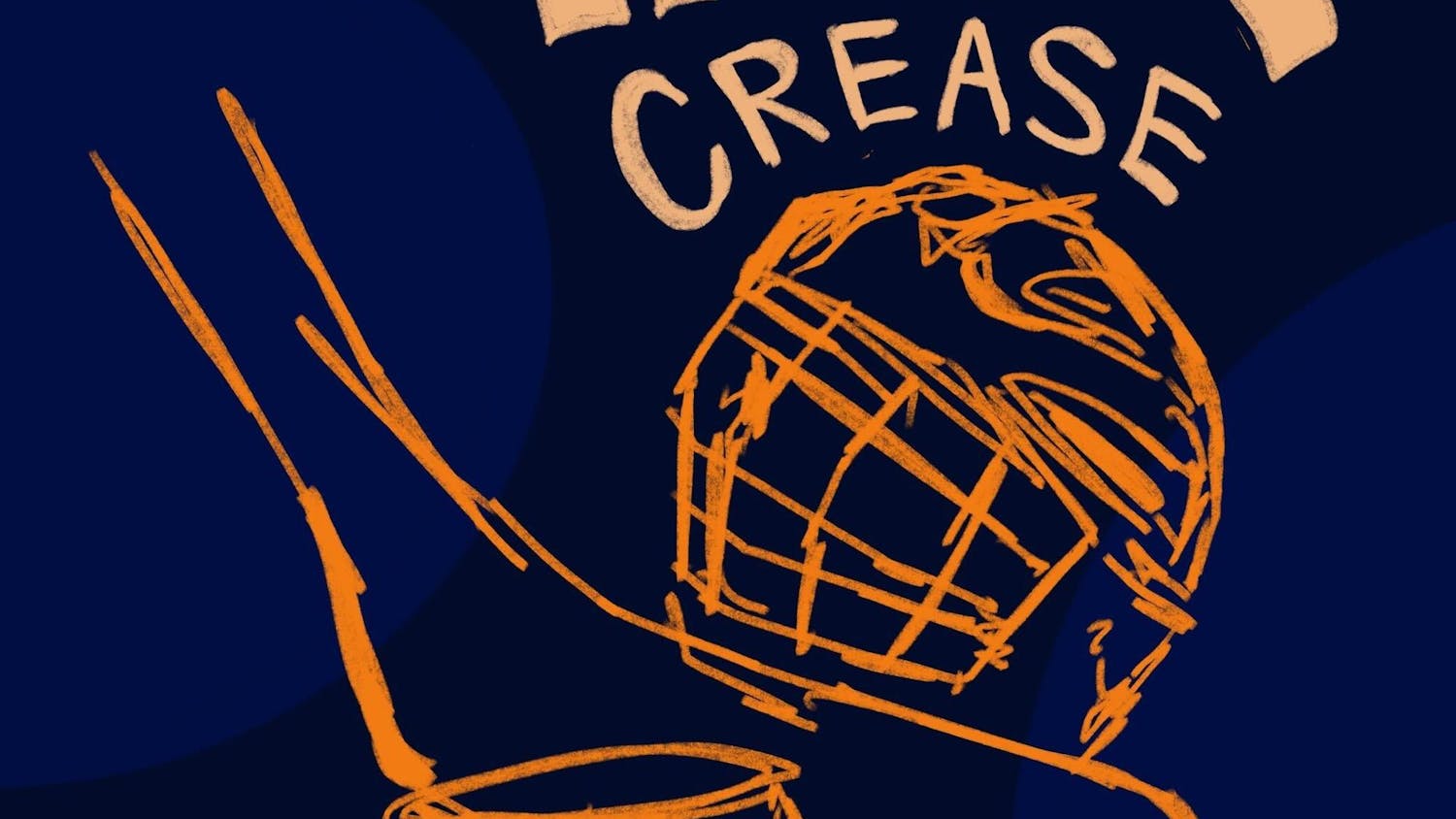Value is all relative.
One of the key concepts in economics is the marginal principle, which essentially states that value is defined by the additional benefit over the additional cost. In baseball, that means general managers must assess a player's worth in terms of salary and in terms of his potential replacement. Now that baseball's regular season has officially come to a close, we can take a more critical look at players in order to better understand their value.
Thinking on the margin is the reason that durable, well-rounded position players and pitchers who can eat innings are vital. They are harder to find or replace than a designated hitter who hits a bunch of home runs or a reliever who throws 60 innings.
When determining a player's value, defensive position has to be taken into account. Catcher, shortstop and centerfield are much more demanding and difficult positions than designated hitter and first base. Nevertheless, Twins catcher Joe Mauer and the Marlins' Ramirez can absolutely rake, making them a couple of the most valuable assets in the game. Both have on-base percentages 70 points higher than the major-league averages at their respective positions. For reference, MVP candidate Ryan Howard's .339 OBP is 15 points below the Major League average first baseman.
Manny Ramirez may have better offensive statistics than Hanley, but anybody could play left field with the range of Eddy Curry. Although HanRam's defense is mediocre, a shortstop is worth considerably more than a corner outfielder defensively, all other things being equal. Plus, the average corner outfielder has an on-base percentage 20 points higher than the average catcher or shortstop, which makes Manny's accomplishments relatively less impressive. It is easier to find an adequate replacement for Manny, as the Red Sox did with Jason Bay, than to replace Hanley, who will likely be the second $200 million man for this reason.
The Mariners set a great example of exactly how not to assess a team. Over the offseason, the 88-win M's believed they had a chance to compete for a playoff spot despite being outscored over the course of the season. They gave a contract extension to Kenji Johjima, an aging catcher, when AAA replacement Jeff Clement was already a superior player. Even more egregiously, the Mariners compromised their best player's value by moving Ichiro from center-field to right-field. Now, they are the first 100-loss team with a $100 million payroll.
The Mariners also signed Carlos Silva for four years and $48 million. His 6.46 ERA is worse than the average AAA pitcher would put up in the majors. The Twins' and Marlins' rotations, on the other hand, have come entirely from within their farm system. Smaller markets stay as far away from the free agent market as possible because it is a market of diminishing returns. Younger players are cheaper than free agents; in addition, the marginal benefit of signing veterans — many of them have injury risks or have already peaked — is often not worth the while. In any type of business, it is more efficient to promote talent from within than look elsewhere.
Two of the best teams in baseball, the Tampa Bay Rays and the Boston Red Sox, have excelled through these principles. I've previously written about how the Rays have pieced together an excellent team whose value far exceeds its cost. And while the Sox have a hefty payroll, their best players this year have been home-grown. Dustin Pedroia hit .327 while saving runs at second base and Jon Lester's 210 innings at the league-minimum salary make him impossible to replace.
Come October tomorrow, teams that have developed their own talent and acquired players with multi-dimensional skill-sets become anything but marginal.
--
Jeremy Greenhouse is a sophomore who has not yet declared a major. He can be reached at Jeremy.Greenhouse@tufts.edu.





